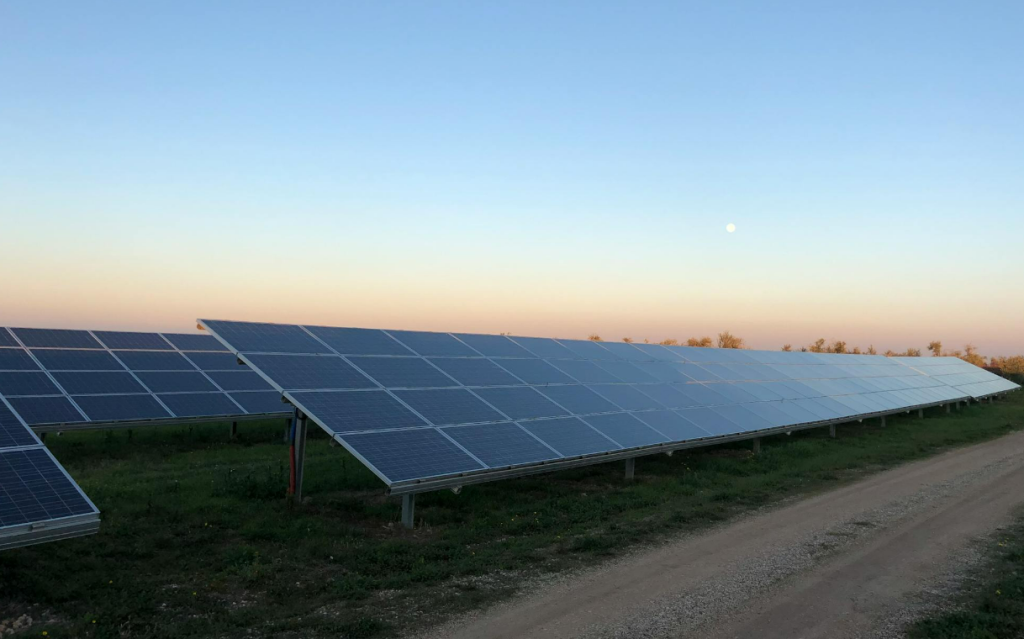Canada announced on September 10th that it is considering imposing additional taxes on Chinese mineral products, batteries and components, solar products, and semiconductors. And it claims that Canadian workers, the automotive industry, and related core manufacturing supply chains are currently facing strong competition from Chinese manufacturers.
Last month, Canada announced a 100% tariff on electric vehicles imported from China and a 25% tariff on steel and aluminum products import from China.
Department of Finance Canada stated that it is currently conducting a 30 day public consultation on the tariff policy.

Fossil fuels such as natural gas and oil dominate Canada’s current energy structure. Hydropower occupies a major position in non fossil energy, accounting for over 60% of Canada’s hydroelectric power generation in 2022. Apart from hydropower, wind power is the largest renewable energy source in Canada, while PV have received little attention.
Canada’s solar installed capacity once ranked among the top ten. Ontario was actively promoting renewable energy. But two years ago, Canada had fallen to the 20th in the world.
Canada’s solar manufacturing industry also has little presence. As Q2 2024, North American module production capacity is about 42.32GW, mainly concentrated in the United States and Mexico, with Canada’s module production capacity being only 1.13GW.


